Faux Wood – Pyratone Golf Shafts
If you have spent any time collecting vintage golf clubs, you have been faced with determining if a club is a wood shaft, or a steel shaft with a faux wood coating – otherwise known as pyratone golf shafts. Commonly referred to as “pyratones,” these early steel shafted golf clubs led the transition away from hickory by making the steel look like wood.
Pyratone golf shafts became popular in the 1930s, because of their resemblance to the traditional hickory shafts which dominated golf until the mid-1930s.
The Transition Period
Variations of steel shafted golf clubs have been around since the early 1900s, but the thin steel was unreliable and the quality/consistency could not match the hickory shafts of the time. It would take several years for manufacturing processes to produce a steel shaft that was light and dependable.
When we think of the official transition from hickory to steel, we often think of 1935 because it was a fairly clear point when golf pros began to convert to steel shafts. It is also the year that the Society of Hickory Golfers uses as the cutoff for SoHG events; any wood shafted club made before 1935 is allowed.
The USGA officially legalized steel shafts in 1924, with the R&A following suit in 1929. During this transition period many manufacturers would offer certain club lines in both hickory and pyratone. Examples are the Macgregor Duralite series and the Spalding Kro-Flite series, among others.
Once steel manufacturing processes allowed for building strong, light, and dependable shafts, steel became the standard.
Spotting the Differences
After you have spent a good deal of time collecting hickories and pyratones, spotting the difference is easier, but when you are just starting out it can be difficult. There are examples of the pyratone which are very similar to hickory in both color and grain, like these Hillerich and Bradby Louisville Grand Slam irons shown in the picture.
What should you look for when trying to determine wood, or steel? There are a couple of things I look at, especially when I am looking at clubs online or in pictures.
Pyratone shaft size is smaller, so when you pick up a pyratone and compare it to hickory you can see the difference in tapering. The tips of pyratone irons are more closely comparable to modern tip size than hickory.
Ferrules. Hickory clubs do not have ferrules because the hosel fits flush against the bell curve of the hickory shaft, so when you see a ferrule you know immediately that it is a steel shaft. The ferrules in pyratones tend to be longer than modern ferrules, and they are flush against the pyratone coating.
Grips can be a little bit more difficult to distinguish because early pyratones still used the flat leather wrap grips. Manufacturers began using rubber grips, like those on these Spaldings, later on. So, if you see a rubber grip, you can be assured that it is a steel shafted club.
If all else fails, and you are looking at the clubs in person, use a magnet on the shaft.
Tying It All Together
Pyratone golf shafts are fun to play, fun to show off, and I think that they are a true blend of art and function. I often pull my pyratone collection out just to look at them.
I came to collect pyratones, because I fell in love with this transition period of golf and I was able to find a few sets at reasonable prices. If you are looking to get into vintage/antique golf, pyratones are a great introduction. The irons are comparable to 1920s and 30s hickories, in general they are cheaper, and it is easier to find full sets which are comparable to the number of irons you carry in your modern set.
Pyratones were the starting point for me, but they were only the beginning. Join me next time as we continue to take a dive in the vintage collection!




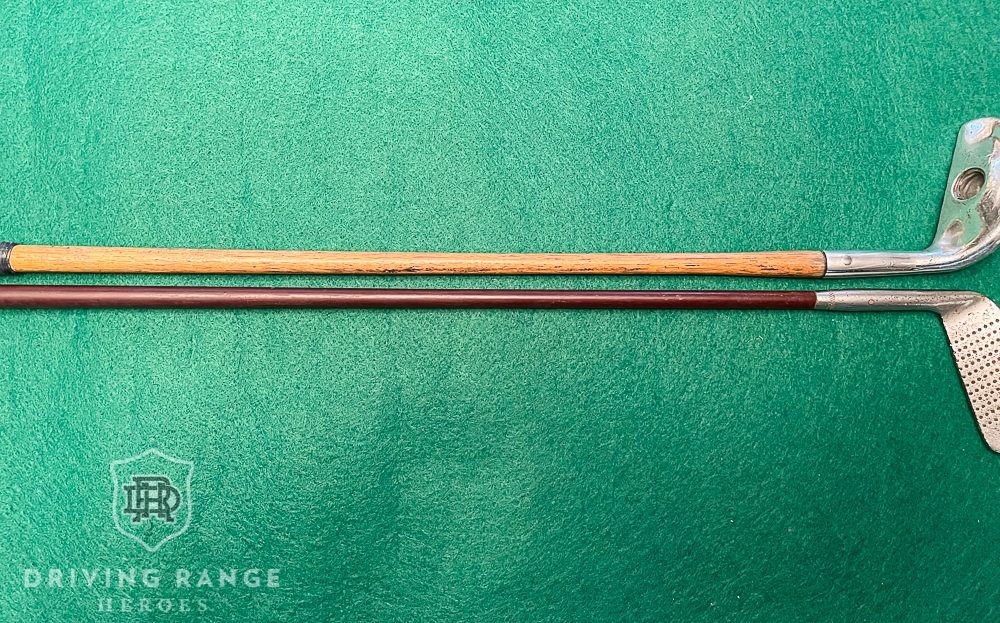
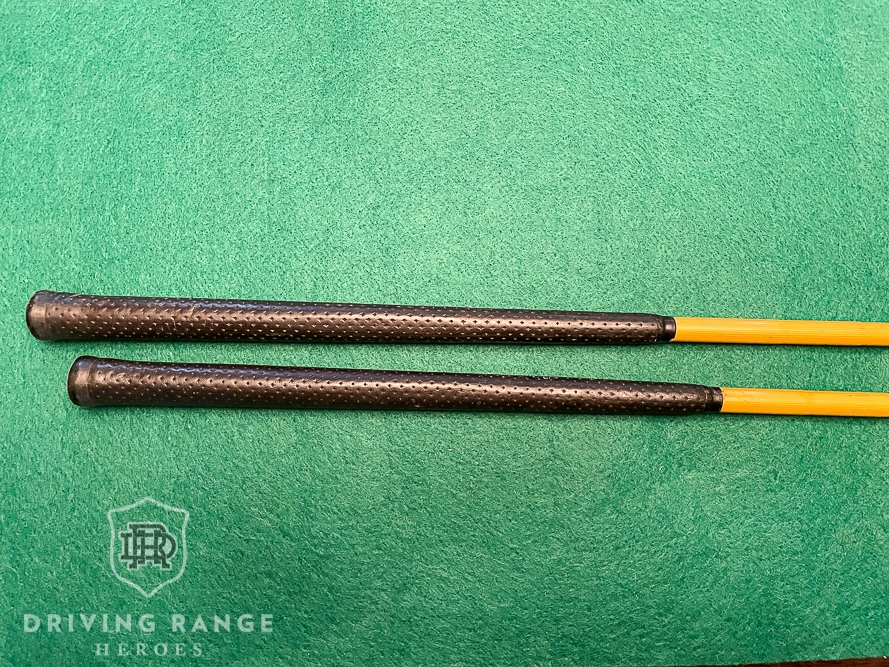

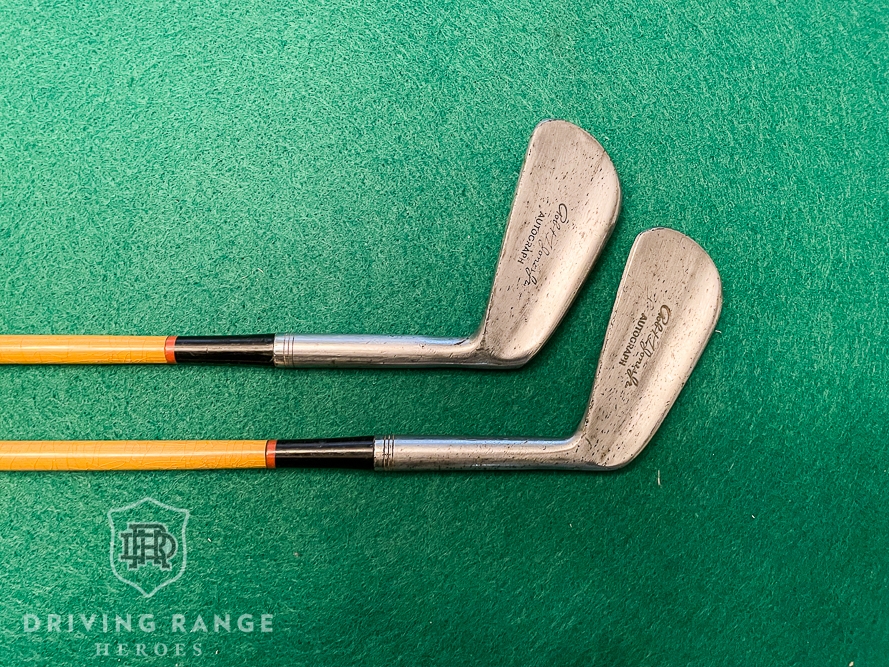
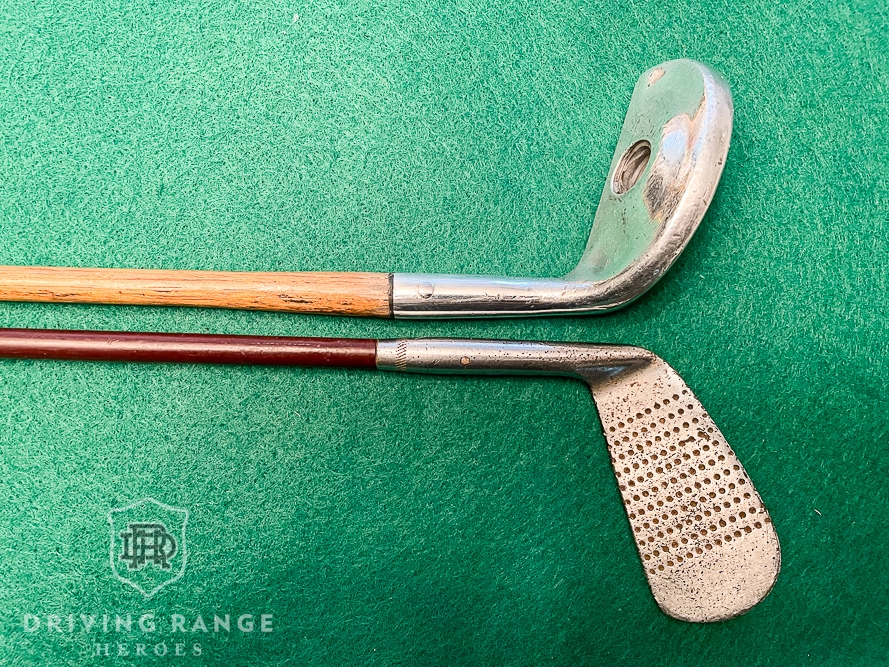
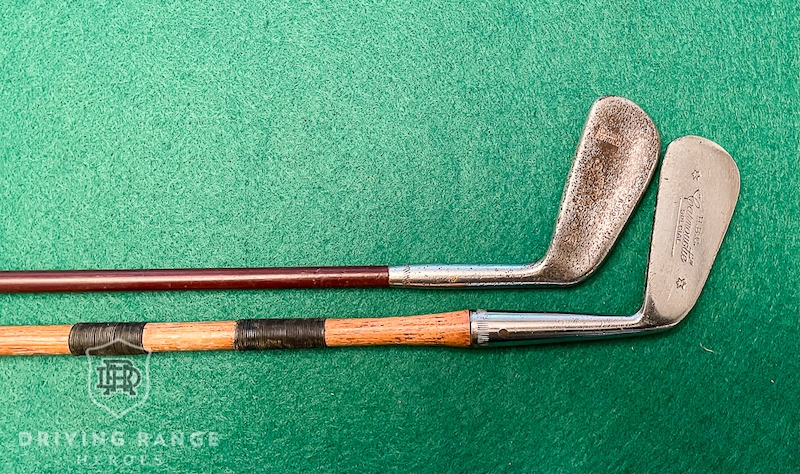
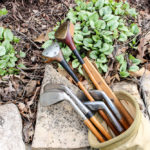
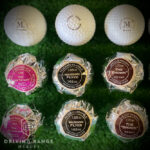
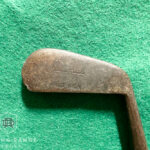
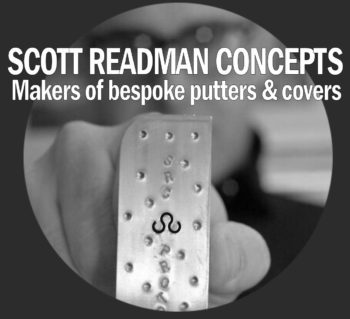











I have a few vintage clubs. How do I know how old they are or if they’re worth any value?
Really just a lot of research. Whether it’s getting to know different brands, characteristics, history, etc. If you have an idea what you’re looking at, searching completed ebay auctions is a good start. There are also a TON of vintage club groups on Facebook which seems to be a big hot spot for that market.
I Have a full set of George Nicol Pinpointer with pyratone shafts. 1,2,3 woods and 2 to 9 iron with a Howitzer wedge and Putter. I bought them for £50 because they looked amazing. I take them down the range now and again. And play a round on top tracer with them they are rust free and in lovely condition.
I honestly thought they where a reproduction because they were so perfect but a golf pro at our course who is a bit of a golf geek told me how old they actually are. I can’t seem to find any history of these clubs and don’t care of the value as I still love to play them now and again and I am going to play the old course at st Andrews with them next year. I would love to know the full history of George Nicol of fife Pinpointer clubs and the year of manufacture if anyone could help me it would be greatly appreciated.
I have a set 2-8 of Spalding gold medal irons markings are “Spalding logo” “Rustless” “ hand forged” “gold medal” “anvil clerk mark”with steel shafts covered with plastic (Pyratones I assume.. Grips are leather and under them there appears to be some sort of wood. I play with the clubs regularly and frankly they are my favorites. I have searched far and wide and can find nothing about them. Got them on eBay years ago for $75. Any information on these clubs would be appreciated.
I just found out about pyratones and have a putter from my father in law with a steel shaft that has a wooden end. I certainly thought it was wood until i started regripping with a wound leather grip and whipping. I improvised a bit and i like the end product.
I can’t say I have any idea. I just know there is two golf bags of clubs and my grandparents loved playing in the early 1900’s. Some short with wood handles and some rusty. I can read the back of some. Others a like brown plastic covering but still metal.
I have several pyratone shaft clubs. Several of the clubs have different faces, some with dots and several chieftain faces. Do the different faces tell anything about age and value. I am guessing it may just be the manufacturer. My same question also applies to old woods with no inset or sole plates. I also have several of these.
I am 82 years old and a prompt reply would be appreciated.
To add on to what Thee Range Hero said, pyratones were the transition period from hickory to steel shafts, so you are looking at the20s and 30s. Cheiftan’s were made by MacGregor and can be valuable to some collectors if the face is in good shape. The design of the head, the manufacturer, and the line do help identify a time frame but like Range Hero said, club lines ran for decades at a time during this period. Unfortunately, pyratone era clubs aren’t as valuable as hickories, but they are collectible.